Former Single Family Home Converted Into Vibrant Co-Living Spaces
With both private and public spaces, a co-living building like this could play a role in helping the housing crisis.
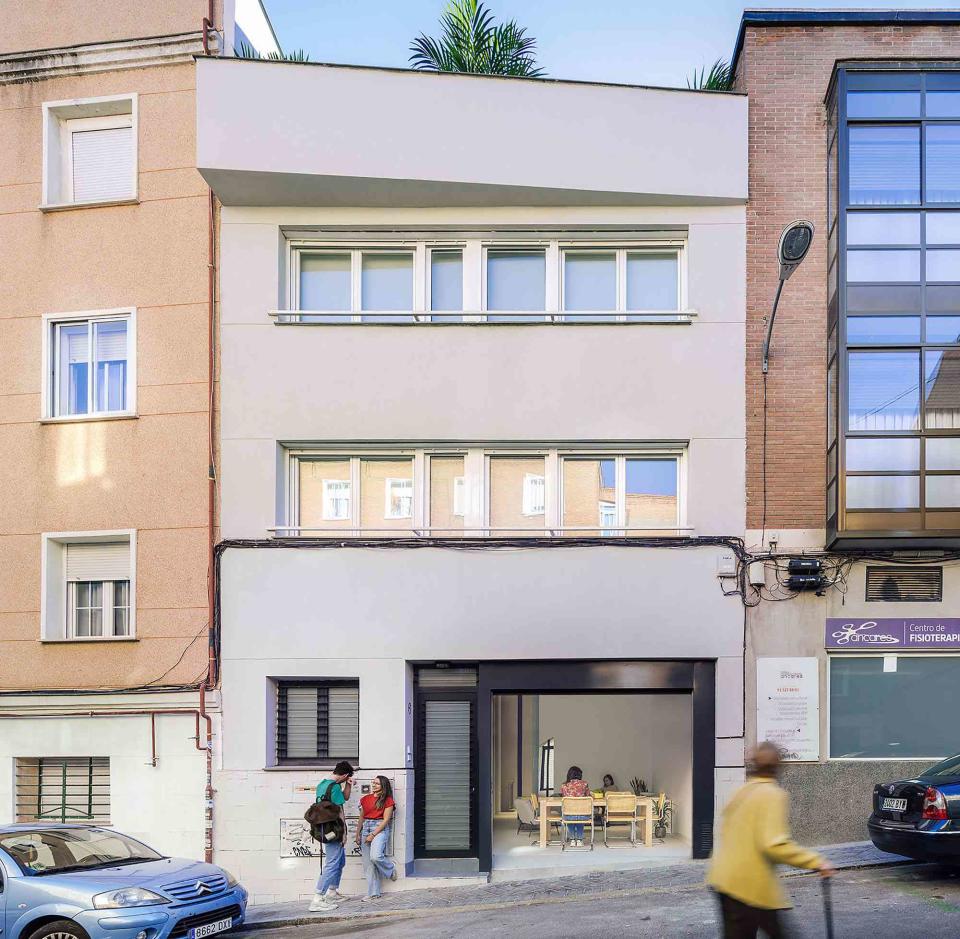
Imagen Subliminal
With housing prices on a steep rise, many people are looking for more affordable alternatives. Some are choosing to live in smaller, and therefore less expensive, homes like tiny houses and micro-apartments. Others are trying out broader, and more community-oriented solutions, like home co-ownership, as well as co-housing, and co-living schemes. Such alternatives appeal to people looking for something different, and are now popping up in a variety of places, from Germany, Norway, South Korea and Australia.
Over in Madrid, Spain, local firm Gon Architects (seen here previously) recently completed the overhaul of a former single-family home into a co-living residential building. Stretching over five floors and a basement, the project is now home to twelve university students from all over the world, who have come to Madrid to obtain their masters degrees.
Located in Tetuán, one of Madrid's most multicultural neighborhoods, the Dozen Doors project includes both private and shared spaces that facilitate social interactions, without compromising privacy. As the firm explains, this co-living project is aimed at younger people who are looking for more independence, and an alternative to family life. But perhaps most importantly, the project also suggests that transforming such buildings for multiple purposes and multiple occupants might be a solution for the housing crisis:
"Dozen doors is a residential solution that bets on the idea that this type of housing typology fosters a focus on coexistence and social dialogue, while demonstrating the flexibility that the [single-family house] has in order to stop being a space exclusively for the private, and also become an arena for the public."
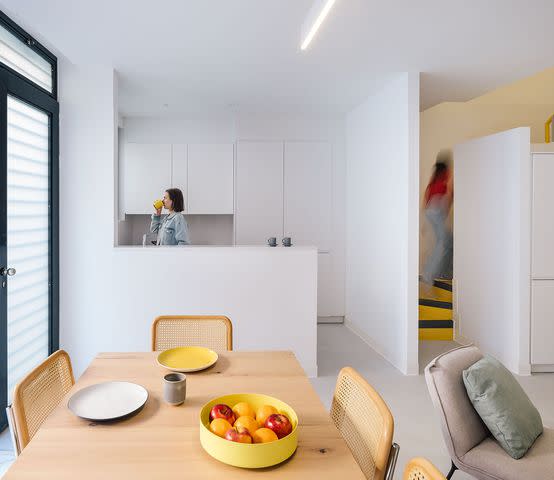
Imagen Subliminal
It's an interesting proposal indeed, given the dire situation for housing affordability in many of the world's major cities, including Madrid. Here, the project tackles the problem by including a diversity of indoor and outdoor communal spaces, which are shared collectively, say the architects:
"[D]ifferent types of equipment are shared. From the communal kitchen, dining room, or living room where [one can] watch the FIFA World Cup or the latest music video trends on the ground floor, or the games room in the basement, where the laundry room is also located, to the south-facing terraces where to sunbathe overlooking the Madrid skyline, on the fourth and fifth floors, passing through each of the landings on each level, where, next to the lockers, more unexpected interactions can take place. In short, these public spaces are projected as indeterminate places that facilitate encounters and conversation."
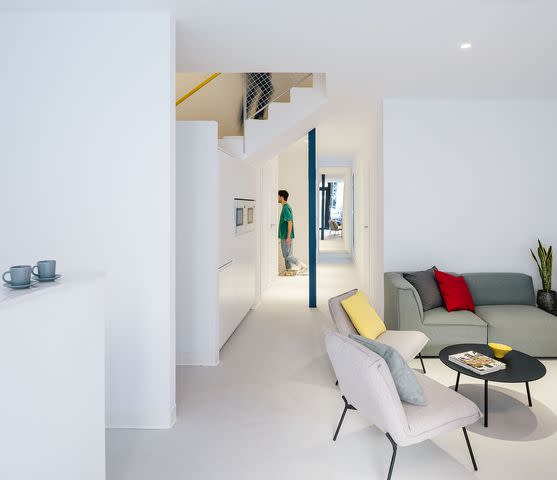
Imagen Subliminal
To balance that, each resident has their own private spaces, which are equipped with beds, desks, a closet, shelving, and windows.
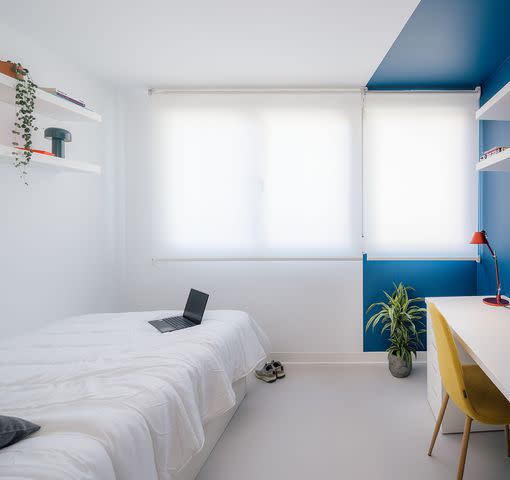
Imagen Subliminal
As the designers say, there is a common theme between them all, but with some tweaks in the design of each to organize them:
"The private rooms, unlike the common spaces, are projected as variations of the same type, all the same, and at the same time different. They are the places where the personal worlds of each student can evolve. They contain... all the necessary elements for hygiene (bathroom), rest (bed), and work (study area). The use of color, as in the case of the study area and the bathroom, chosen according to each orientation, serves to differentiate these areas from the rest of the room and hierarchize them spatially."
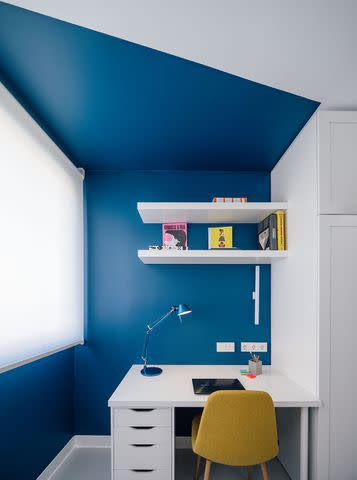
Imagen Subliminal
The vivid colors and bright furnishings help to make each room more visually interesting.
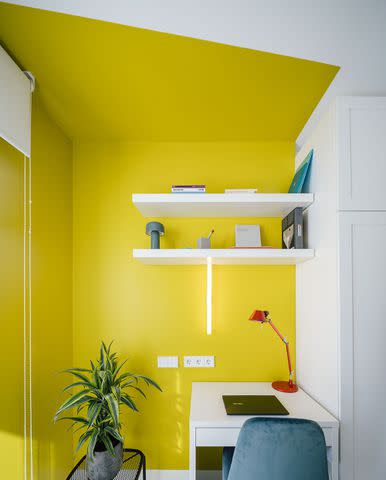
Imagen Subliminal
Some, like this room on the second floor, can open up to a private terrace, perfect for someone who wants a bit of outdoor space of their own.
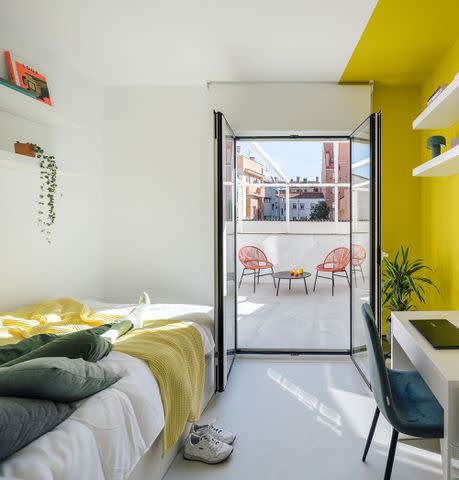
Imagen Subliminal
All of the private spaces have their own fully featured private bathroom.
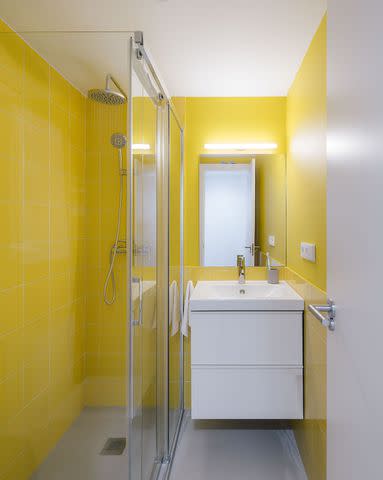
Imagen Subliminal
Each of the bathrooms has a shower, sink, vanity and toilet, done in a minimalist aesthetic.
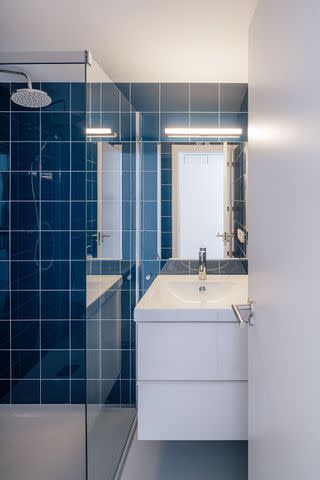
Imagen Subliminal
There are two shared terraces, like this one on the top floor, which allows for residents to socialize, or do outdoor activities.
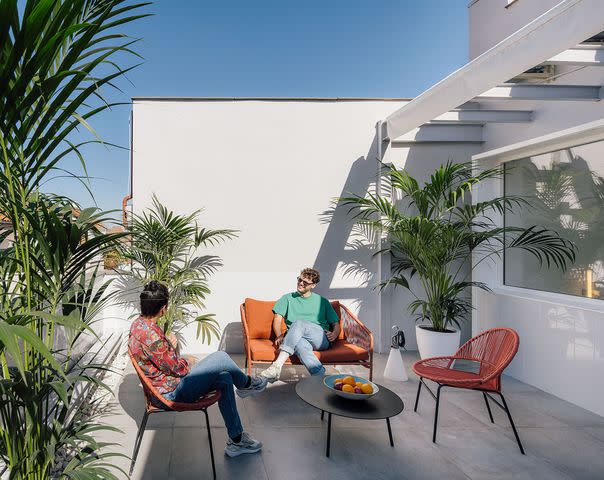
Imagen Subliminal
All of these private and shared spaces are connected by the central "spine" of the stairway, which provides access to all the floors.
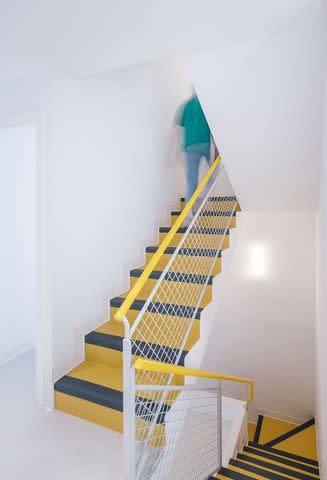
Imagen Subliminal
Some may argue that co-living spaces are just glorified dormitories for the younger set. Granted, some co-living projects are viewed as cash cows for real estate developers looking to maximize profits. Moreover, building a sense of community in such co-living arrangements can require a lot of effort. Nevertheless, perhaps we can find a silver lining in all of this: there is a modern epidemic of loneliness that stems from a growing number of people who live alone, and co-living might be one way to remedy that. Potential solutions like co-living might not be perfect, but they do make an attempt at least to tackle some of these issues, and may very well be part of a more sustainable future where people are incentivized to share spaces and experiences. To see more, visit Gon Architects.

